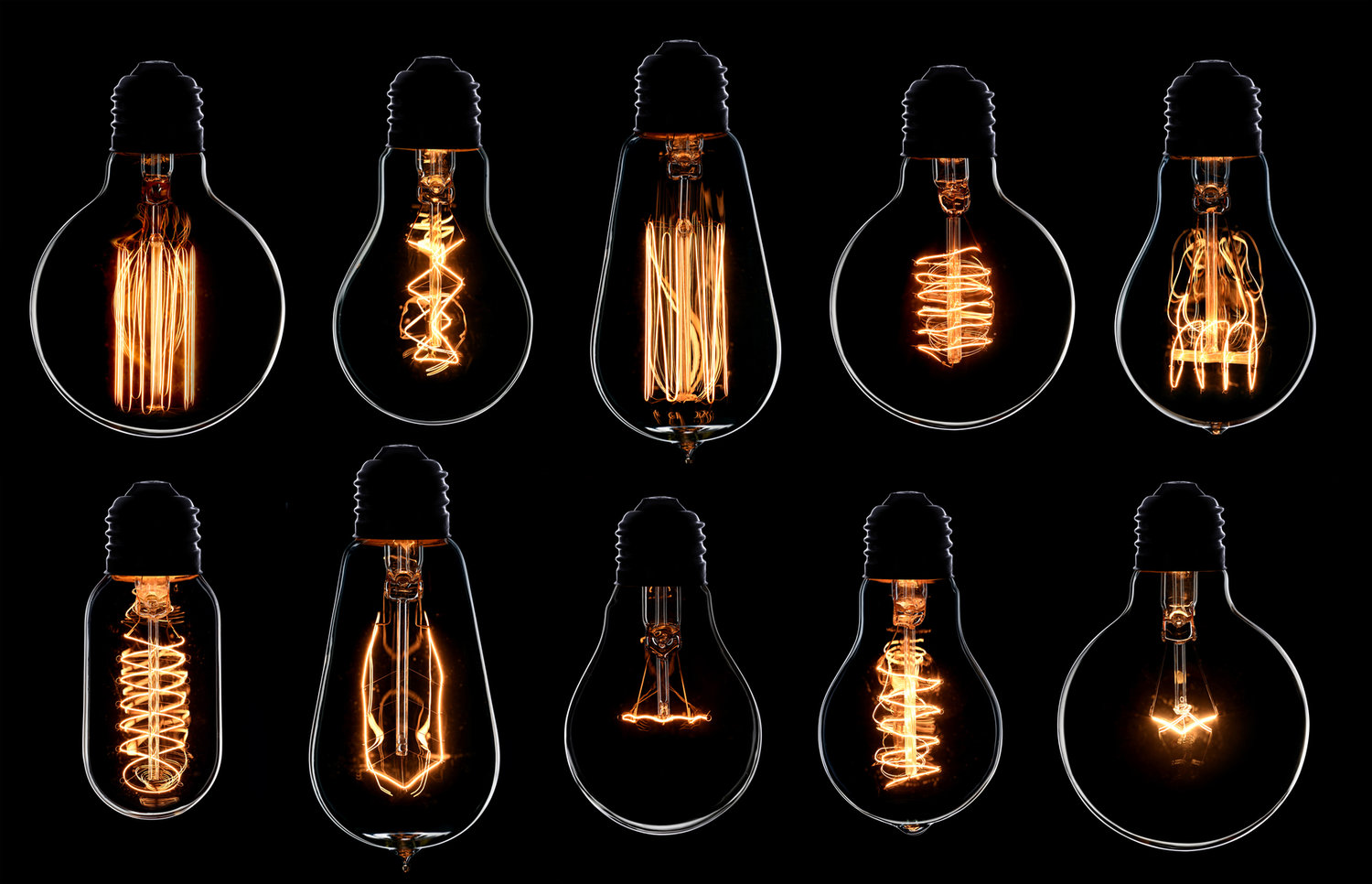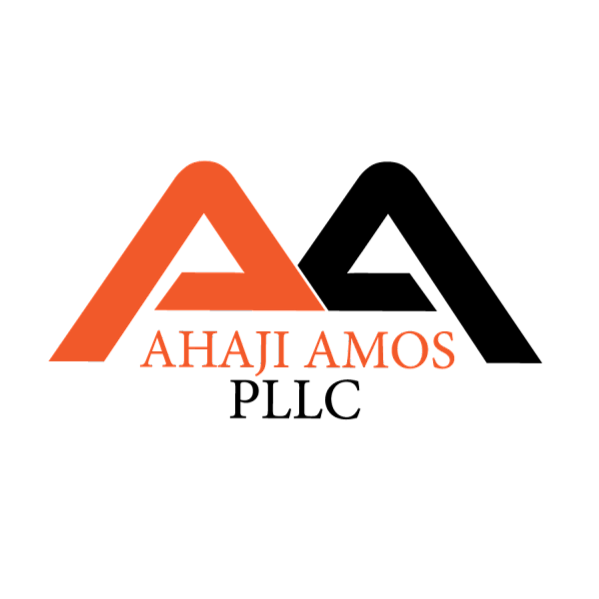
OPINION WORK
YOUR QUESTIONS…
1. How can I assess the chances of my patent being issued.
2. How can I make sure I’m not infringing someone else rights before I begin selling my product?
3. I was doing that method before that patent issued. Can I continue?
4. I thought I designed around my competitor’s patent, but they just sent me a cease and desist letter. What should I do?
OUR ANSWERS…
PATENTABILITY OPINION
These are the most general types of opinions, and they exist to answer the question: is my invention eligible for patent protection? The patentability opinion often goes hand-in-hand with a patent search, because a significant part of patentability is based on prior patents.
A patentability opinion therefore searches prior art to find patents and inventions that are similar or that may present legal complexities and takes a broader look at the invention to determine if it meets the USPTO’s requirements for a patent, which include being useful and nonobvious. This opinion, therefore, offers the inventor the most high-level overview of his or her invention.
This also allows the inventor to better evaluate the potential viability of the invention. Applying for a patent takes significant time and money is generally worthwhile only if there are clear indications that the invention is eligible for a patent.
RIGHT TO USE/CLEARANCE OPINION
The right-to-use opinion looks specifically for other patents that the inventor’s product may infringe upon. This opinion is later down the invention pipeline, and essentially gives the inventor clearance to pursue production.
This opinion will identify any patents that are similar enough to bring up potential infringement issues, and will also include legal solutions to work around these infringement possibilities. This opinion can help inventors determine whether or not to continue with the invention.
NON-INFRINGEMENT OPINION
While the right-to-use opinion focuses on infringement issues in general, the non-infringement opinion looks at specific patents and inventions to determine exact infringement issues. This is often used for competing inventors or companies that have very similar products but want to avoid infringement conflicts.
This is different than the right-to-use opinion because it pinpoints specific claims rather than the invention on the whole. This way, the inventor can have a breakdown of the features, functions or characteristics that must be altered in order to receive patent protection.
VALIDITY OPINION
A validity opinion acts to verify the validity and enforceable nature of a patent. This can be helpful for those who are purchasing patents or rights to patents, as well as for inventors who want to ensure that active patents are valid.
Like the other opinions, the validity opinion is a way to minimize the risk of infringement issues in the future. If an existing patent is found to be invalid or otherwise unenforceable, this may open up new patent possibilities for the inventor.
